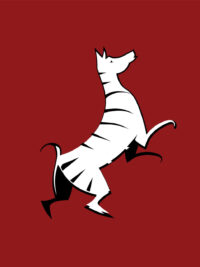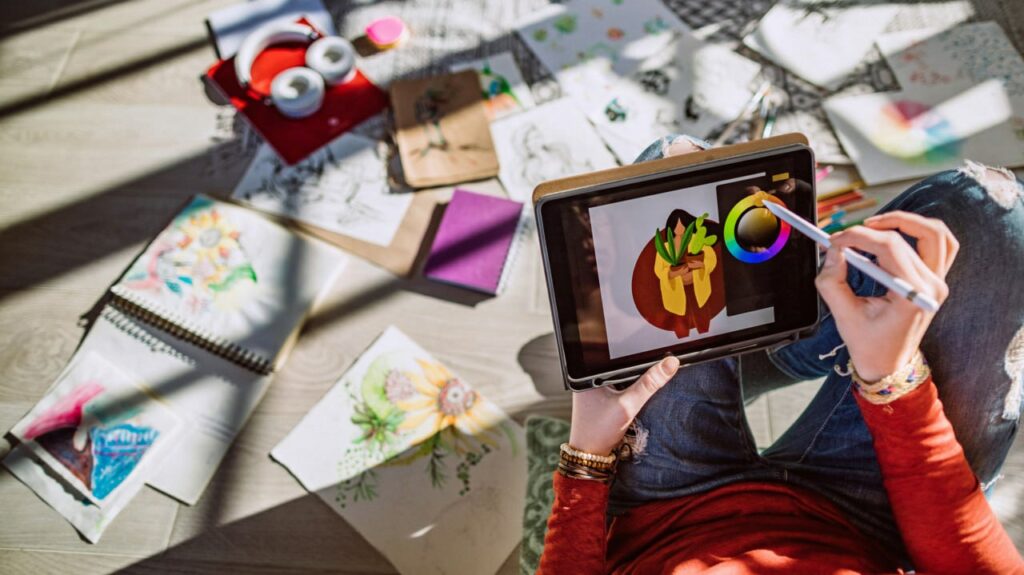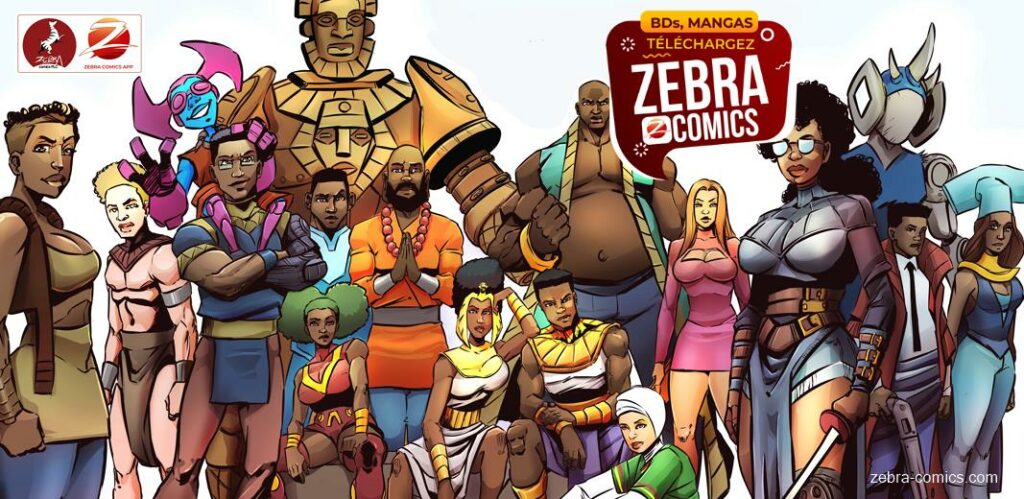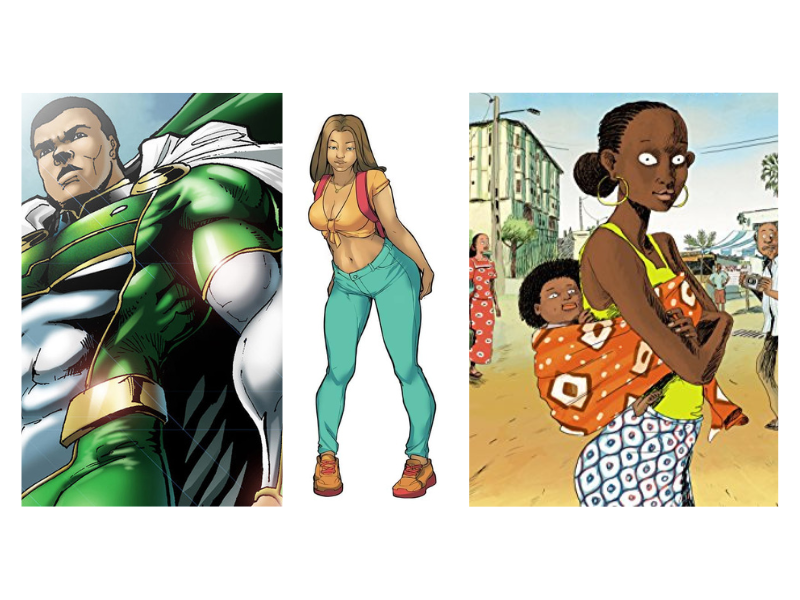The Best Tools for A Comic Book Artist Today
1. Software One of the most essential tools for a comic book artist today is software. Software allows you to create, edit, colour, letter, and publish your comics digitally, saving you time and money. There are many software options available for comic book artists, but here are some of the most popular and widely used […]
The Best Tools for A Comic Book Artist Today Read More »










